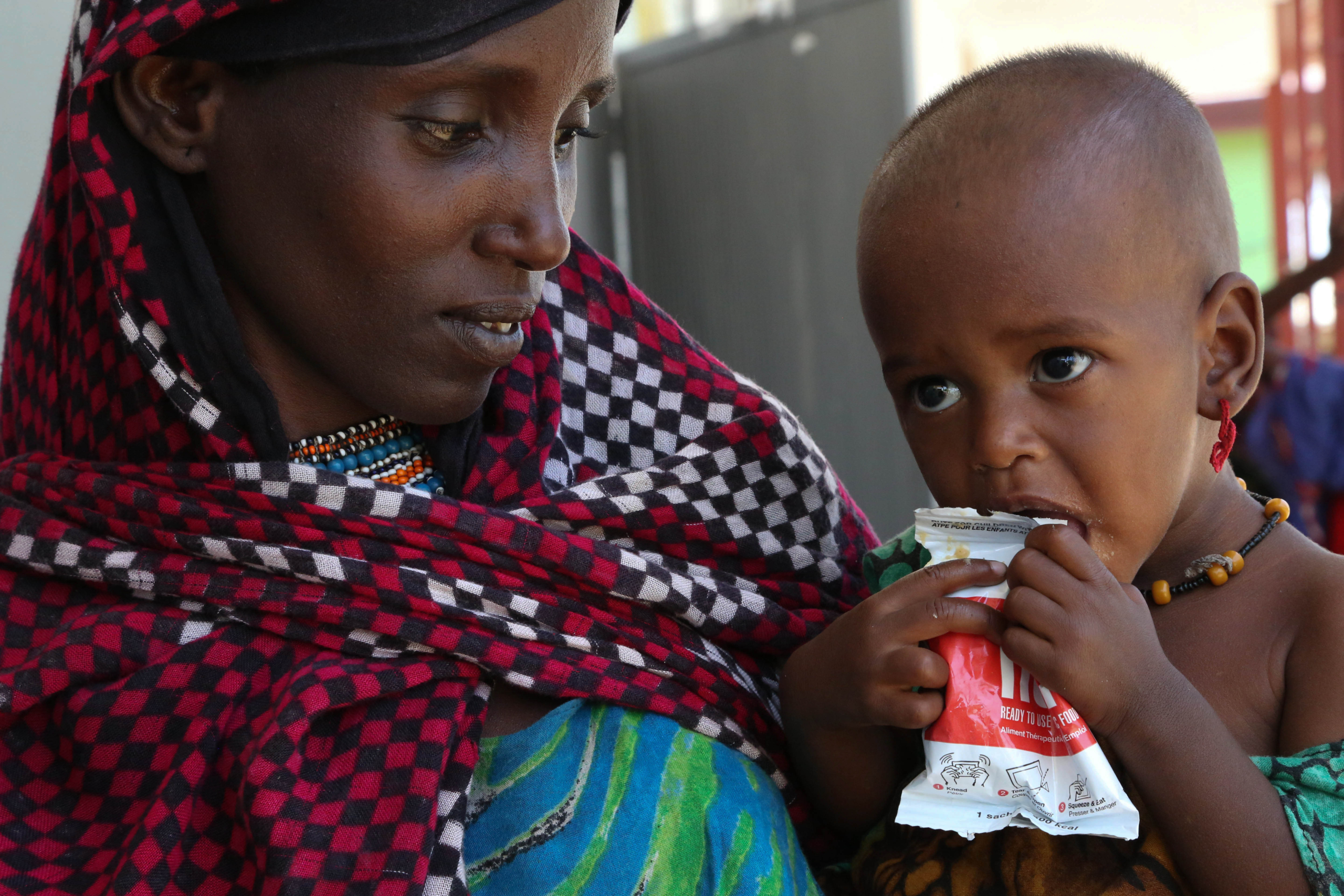
Hunger is a prevalent issue throughout many developing countries. Numerous studies have shown that hunger can have detrimental impacts, including low health and high child mortality. One consequence of hidden hunger that is less explored is the decrease in productivity that results from a nutritional deficit. Whilst this effect may initially pale in comparison to other much worse consequences, the downsides to lower productivity are critical and can lead to a much larger, intergenerational cycle of poverty than previously assumed.
Studies have demonstrated that reduced calorie intake can lead to significant decreases in productivity, which can create an inescapable cycle. A randomized control trial conducted by economist Heather Schofield revealed that an additional 700 calories each day could lead to a 10% increase in income, due to the increased physical and cognitive productivity gained. So, how can lower productivity create a cycle of poverty?
Nutrition-Based Poverty Traps
A poverty trap is a non-linear relationship between one’s current and future income. There is a strong correlation between malnutrition and poverty, but it is heavily questioned whether this leads to the formation of a nutritional poverty trap.
Much research has been completed surrounding the potential existence of a nutrition-based poverty trap, and some deny its existence whilst others support the theory. Studies completed by economists Duflo and Banerji demonstrate the evident existence of poverty traps such as these, stating there may even be a clear link between income and future income of undernourished parents and children respectively, all because of a nutrient-deficient diet. This is because lower-earning parents tend to consume less nutrient-heavy food, which can lead to stunted development for a child, beginning as early as in utero, thus creating a brutal cycle. This micronutrient-deficient lifestyle can also be referred to as ‘hidden hunger.’
Hidden Hunger
Hidden hunger is when one’s diet is severely restricted, resulting in nutrient-poor food intake. Micronutrient deficiencies include those such as iron and zinc deficiency, which can result in poor body development and health.
Hidden hunger is reinforced in countries where there is heavy reliance on low-cost, low-nutrient foods, such as rice and wheat. This type of hunger is not so much to do with a lack of calories, but more a lack of nutrients, hence it is considered ‘hidden’ due to lack of an obvious problem. Crops such as these, whilst providing energy and sustenance, have a low amount of nutrients. Micronutrient intake for low-income groups is much lower than what would normally be required for a healthy diet, due to challenges of affordability and shocks to global food systems. The long-lasting effects of hidden hunger can be detrimental. There is a high cost to malnutrition; it is estimated that around 149 million children under the age of 5 are stunted, which is roughly 22%.
The Solutions to Hidden Hunger
There are no direct means of tackling hidden hunger; it is a complex issue that requires a multidimensional response in order to ensure that all those in poverty are able to access a nutrient-heavy, balanced diet. Past solutions range from cash and in-kind transfers to innovations designed to increase nutrient and mineral consumption.
While cash transfers can be successful in poverty alleviation, consumers do not always choose to purchase the most optimal foods for nutrient maximization. In-kind transfers would likely be more beneficial in a scenario such as this, due to certain innovations that can facilitate a nutrient and mineral-rich diet.
Innovative solutions to hidden hunger range from food engineering to create additional nutrients, to devices that aim to increase biofortification. Strengthening staple foods is a successful means of food fortification. A few examples of innovations and solutions that achieve this are as follows:
- Lucky Iron Fish: A Lucky Iron Fish is a reusable and simple method of infusing food with additional iron. By adding an Iron Fish into boiling water for just 10 minutes, a food dish could gain an additional 6-8 mg of iron.
- Iodized Salt and Oil: Adding iodine to food staples is another way of preventing nutrient deficiency. Iodine is essential for preventing stunted growth in infants and young children.
- Fortified Fish Sauce: This creation has previously been used on childbearing women in Vietnam, and is another successful method of controlling iron deficiency. This idea includes the fortification of any staple food or condiment with iron but has been specifically trialed with fish sauce, a regularly consumed condiment for many. The results include higher levels of hemoglobin and decreases in the prevalence of anemia and iron deficiency, thus enabling successful development for infants in utero.
- Plumpy’ Nut and Other Acute Malnutrition Products: Nutriset is a company producing ‘Ready-to-Use Therapeutic Foods’ (RUTFs), which are food packages specifically engineered for children and adults suffering from severe malnutrition. Their products are compact and simple, containing around 500 calories in a single sachet. Other creations of theirs include ‘moderate’ and ‘acute’ malnutrition treatments, as well as preventative products to help maintain a healthy diet.
Tackling hidden hunger is the key to breaking the poverty cycle created by malnutrition. Innovations such as these, as well as successful foreign policies to tackle hunger, will ultimately lead to a successful eradication of undernutrition, alleviating many from absolute poverty.
– Hannah Bugeja
Photo: Flickr

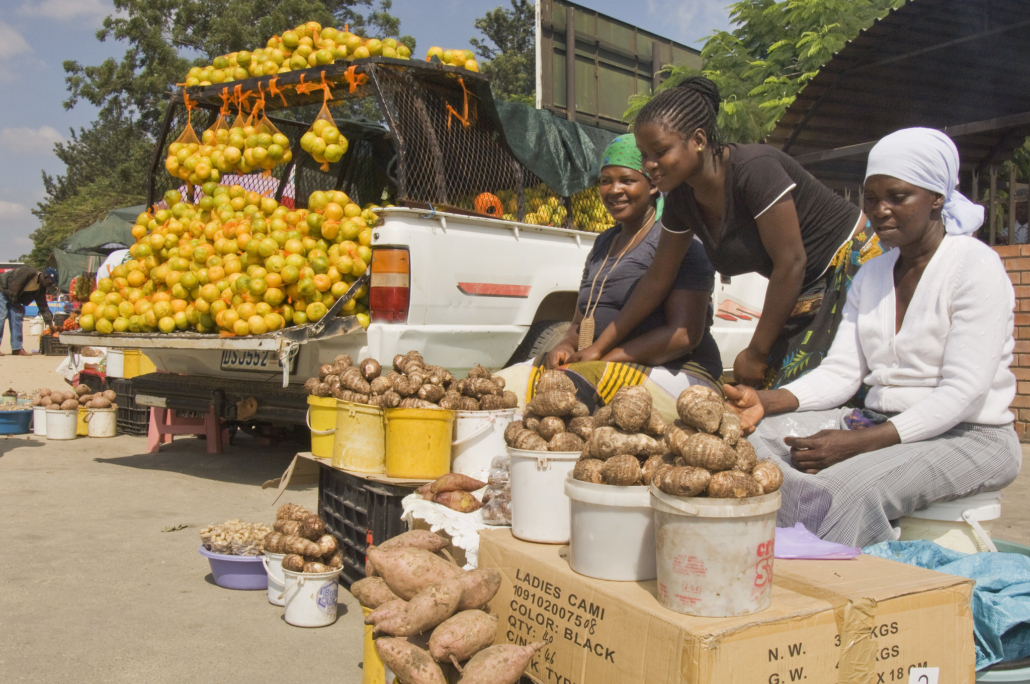
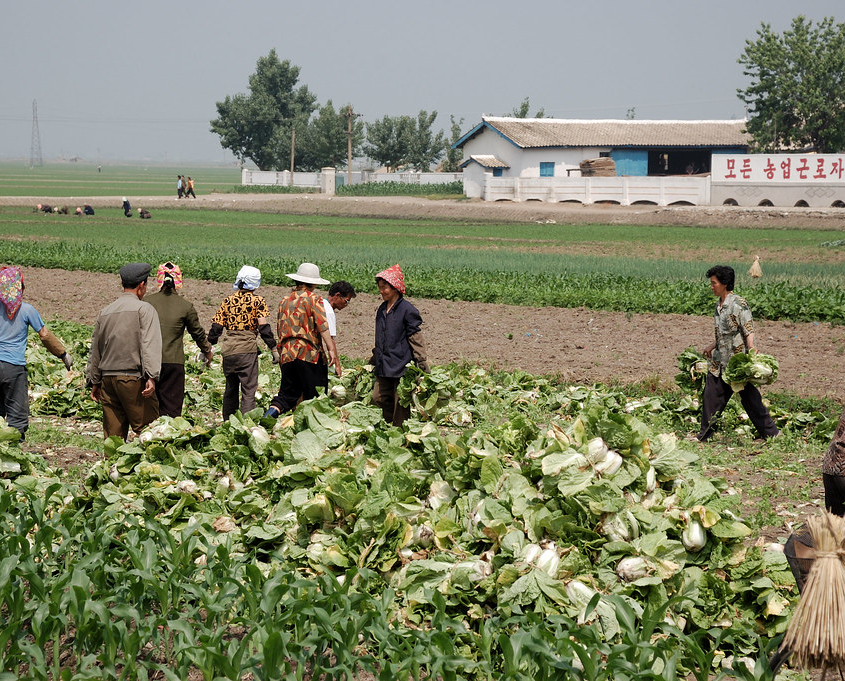 At first glance, the web of circumstances causing hunger in North Korea today seems impossible to untangle. The tangle has only grown in size and solidity since North Korea collectivized its agriculture in the 1950s. The country accomplished this transition without encountering
At first glance, the web of circumstances causing hunger in North Korea today seems impossible to untangle. The tangle has only grown in size and solidity since North Korea collectivized its agriculture in the 1950s. The country accomplished this transition without encountering  East Timor, a small nation located in Southeast Asia, is grappling with a silent crisis that continues to haunt its people – hunger. Despite some remarkable progress since gaining independence, food insecurity in East Timor remains a pressing issue for many Timorese, threatening the well-being of its population and hindering the nation’s development.
East Timor, a small nation located in Southeast Asia, is grappling with a silent crisis that continues to haunt its people – hunger. Despite some remarkable progress since gaining independence, food insecurity in East Timor remains a pressing issue for many Timorese, threatening the well-being of its population and hindering the nation’s development.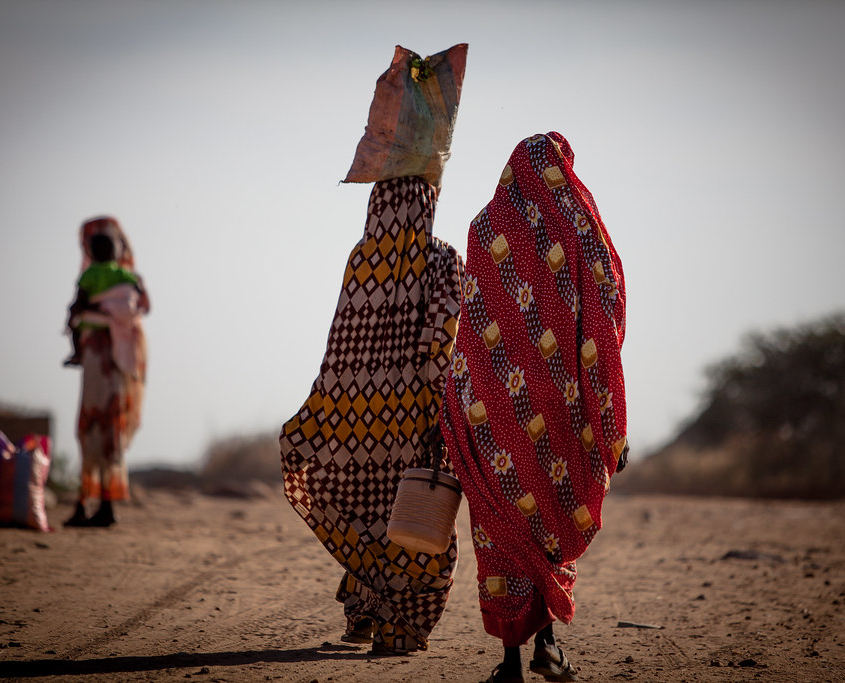 The landlocked nation of Chad, located in Central Africa, has continuously experienced challenges in addressing its ongoing poverty crisis. While many recent efforts by international programs have brought clean water and a steady supply of food to millions, hunger in Chad still affects many men, women and children there.
The landlocked nation of Chad, located in Central Africa, has continuously experienced challenges in addressing its ongoing poverty crisis. While many recent efforts by international programs have brought clean water and a steady supply of food to millions, hunger in Chad still affects many men, women and children there.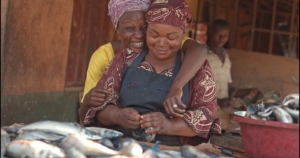 The West African country Nigeria has the
The West African country Nigeria has the  Nicknamed “the Maduro diet” after Venezuelan president Nicolas Maduro, hunger in Venezuela is one of the symptoms of their current humanitarian crisis. Once a thriving and one of the most promising economies in Latin America, and home to the world’s largest oil reserves, Venezuela’s current economy is among the worst in the world.
Nicknamed “the Maduro diet” after Venezuelan president Nicolas Maduro, hunger in Venezuela is one of the symptoms of their current humanitarian crisis. Once a thriving and one of the most promising economies in Latin America, and home to the world’s largest oil reserves, Venezuela’s current economy is among the worst in the world. Trinidad and Tobago, known for its beaches and festive atmosphere, faces a pressing issue that demands attention: hunger. Although hunger has long been a concern, the COVID-19 pandemic has brought it to the forefront of national consciousness.
Trinidad and Tobago, known for its beaches and festive atmosphere, faces a pressing issue that demands attention: hunger. Although hunger has long been a concern, the COVID-19 pandemic has brought it to the forefront of national consciousness.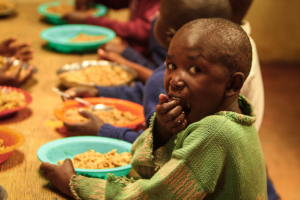 Nigeria, a multiethnic country with
Nigeria, a multiethnic country with 